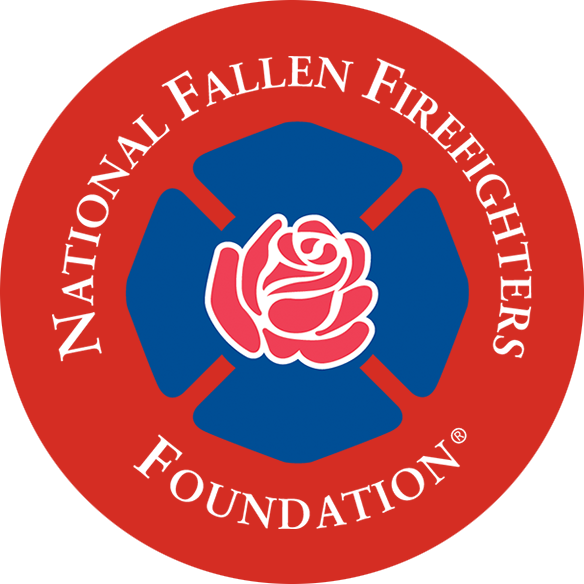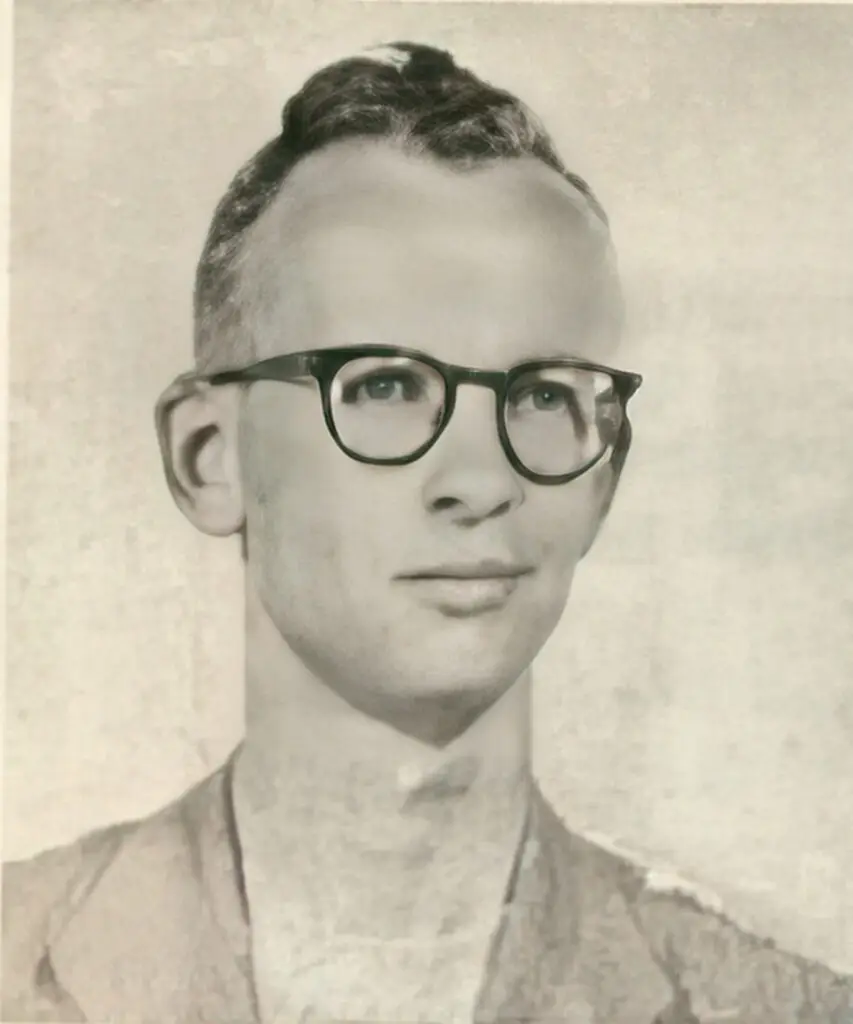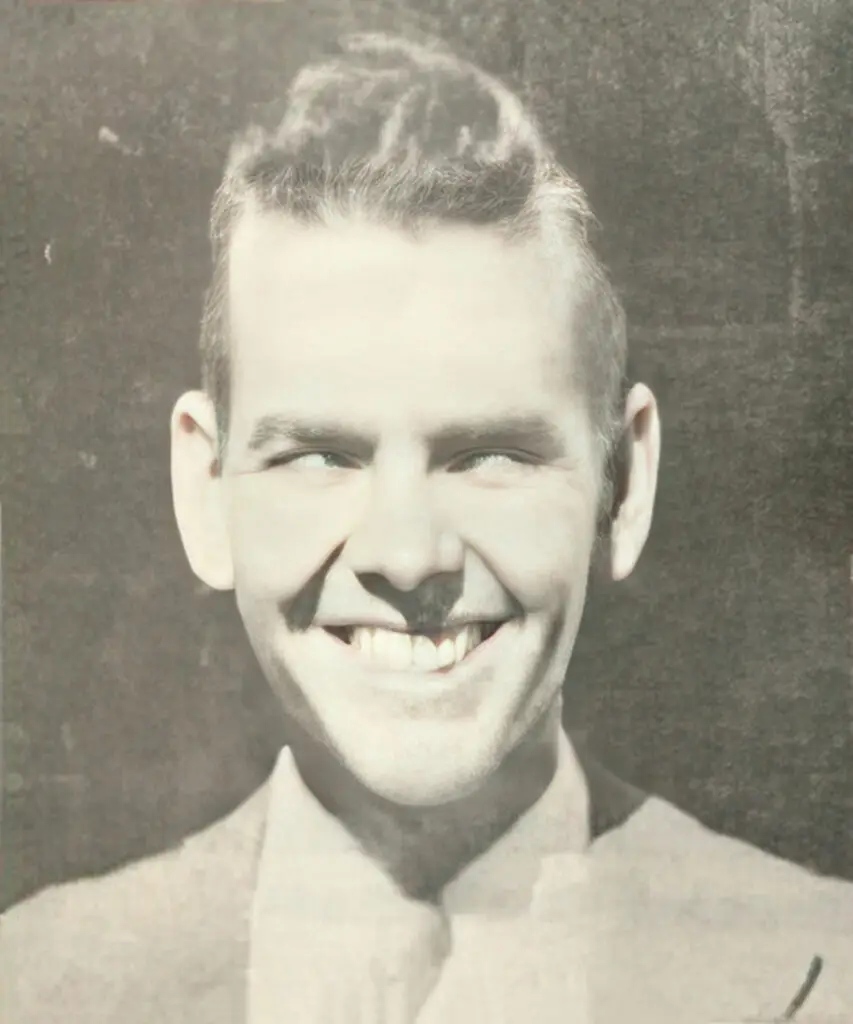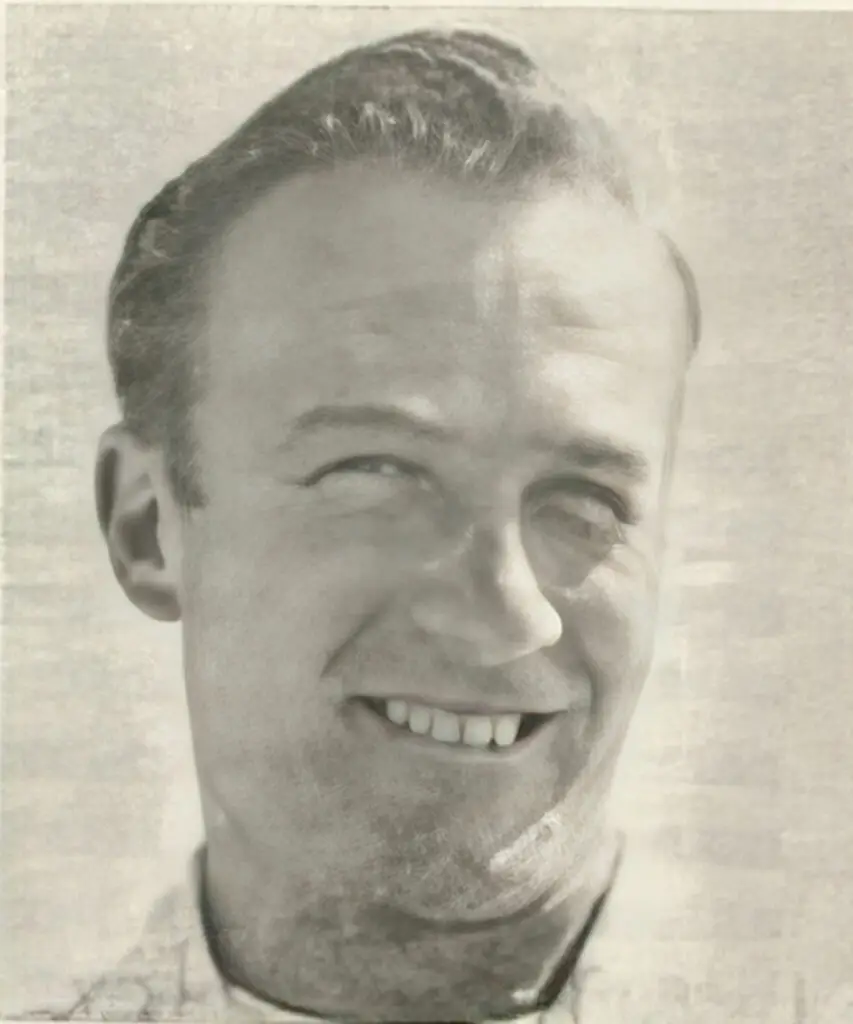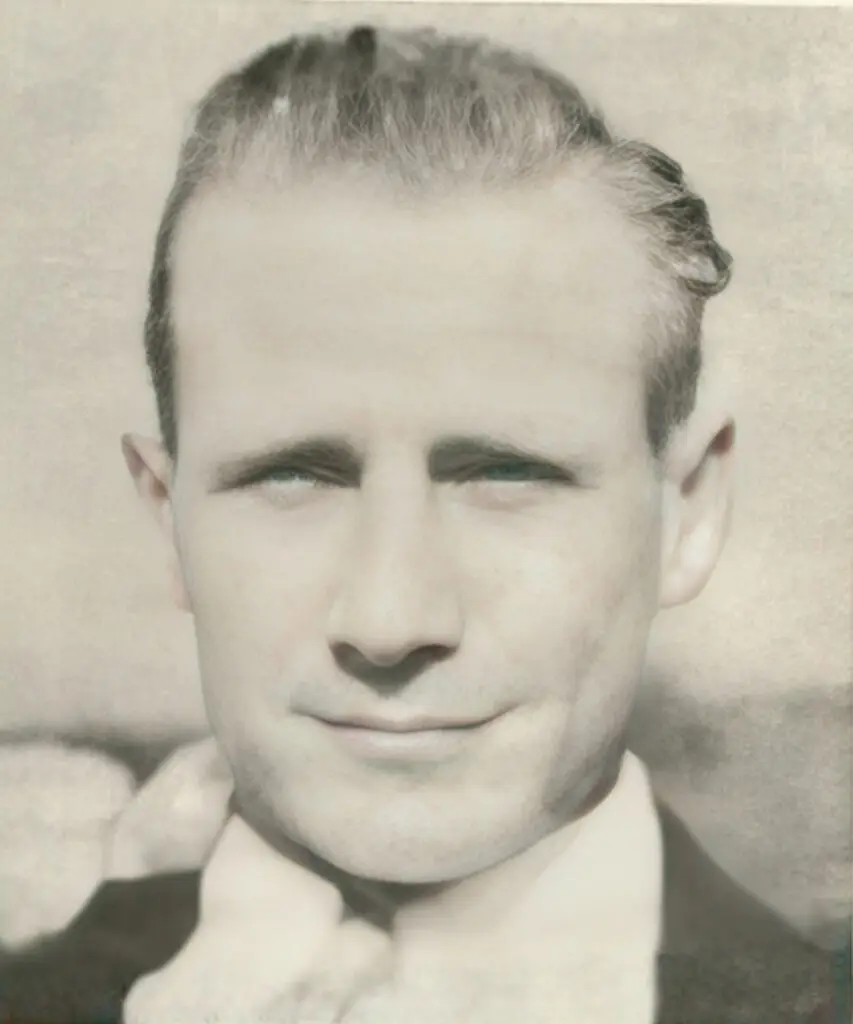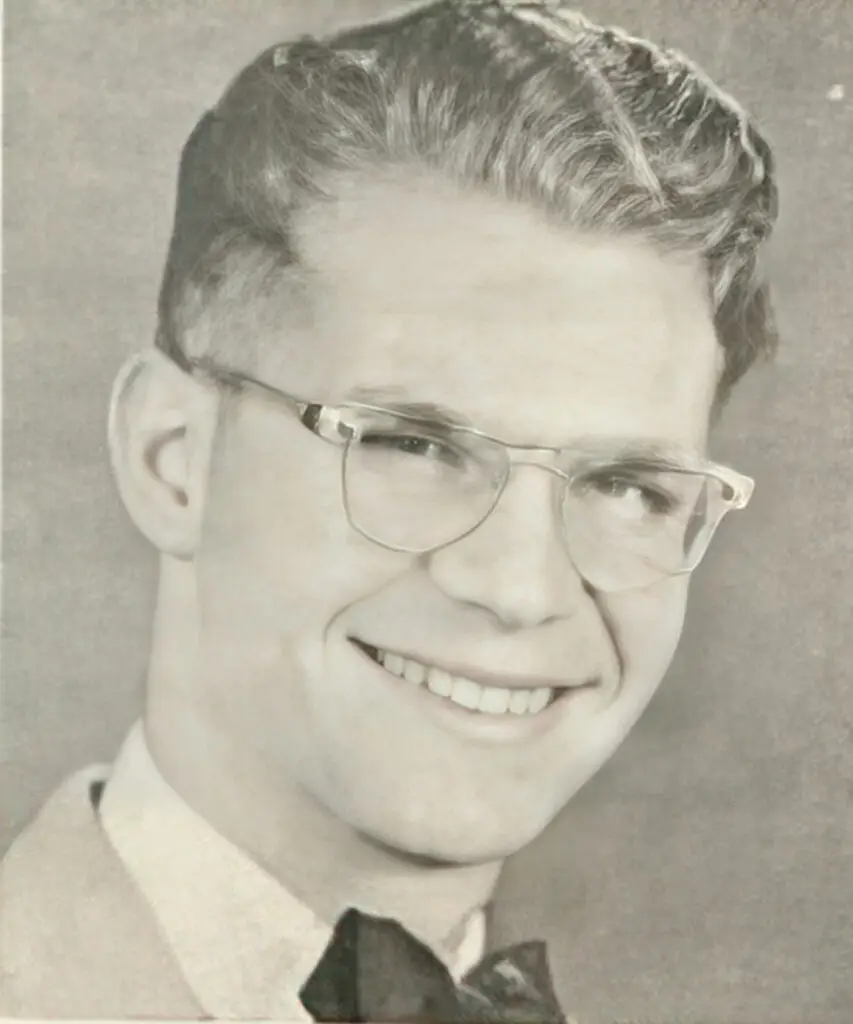Incident Date:
July 9, 1953
Departments:
New Tribes Mission and U.S. Forest Service
Number of Line-of-Duty Deaths:
15
On the afternoon of July 9, 1953, fires were reported in the Mendocino National Forest. The first fire, the Chrome Fire, was quickly extinguished. A second spot fire, the Rattlesnake Fire, was discovered in a heavy brush area on the upper part of Adler Springs Road. About six hours later, a third fire was discovered. This spot fire became known as the Missionary Spot Fire.
A crew of 24 was assembled and divided into three separate groups to contain the spot fires. These groups included 4, 5, and 15 men made up of U.S. Forest Service supervisors and crew members from the New Tribes Mission. They deployed to fight the Missionary Spot Fire between 9:00 and 9:45 pm.
The Fire
Shortly after 10:00 pm, the fire was under control; the crew had just said grace and were about to sit down for a quick sandwich and some milk. Within minutes, additional spot fires began to develop approximately 575 feet from the Missionary Spot Fire. Some of these small spot fires were contained quickly. But a hidden fire at the bottom of the canyon was not discovered until after it had begun to spread toward the Alder Springs Road. Crews worked to contain this newly discovered fire, but it spread northeast and then rapidly down the Powder House drainage.

Diagram of the Rattlesnake Fire – July 11, 1953, San Francisco Chronicle
Concerned about the proximity of the advancing fire to the crews, Fire Control Officer Charles Lafferty ran toward them, yelling for them to run.
The fire burned over 2 miles down the canyon within twenty minutes.
The Victims
As the crew was making their escape, shifting wind caused a blow-up, trapping fifteen firefighters who then made their way further down into the canyon. These firefighters included: Crew Bosses Robert F. Powers and Hobert S. “Stanton” Whitehouse; Foreman Stanley L. Vote; Straw Bosses Harold J. Griffis and David A. Johnson; and Crew Members Allan J. Boddy, Sergio Colles, Benjamin O. Dinnel, Paul Gifford, Glenn C. “Cecil” Hitchcock, Robert J. Mieden, Darrel K. Noah, Howard F. Rowe, Raymond D. Sherman, and Daniel G. Short.
Crew Member Homer Hancock recalled: “I saw the doomed men’s lights. It looked as if they were being driven off their course by the flames. Suddenly there were flames behind them then a puff of smoke. I didn’t see the lights anymore.”
Hancock was on a hose truck, which would be damaged by the fire. Only one other truck would make it down the canyon during the height of the fire. After the blow up, the fire burned so hot that crew members were unable to search for their comrades until after 2:00 am the next morning. Bulldozers cut a new road into the canyon so they could reach the bottom by Jeep.
The hope was that some of the crew was able to escape into the burned area near Powerhouse Creek. But as daylight drew close, this hope ran out—and firefighters, sheriffs, and the coroner convened a search party to recover the lost firefighters. All victims were located and identified by 8:30 am.
The Survivors
Nine others who were working the Missionary Spot Fire escaped toward the ridge above. These men barely escaped, including Crew Members William Baker, Kenneth A. Etherton, William A. Jackson, Lloyd M. Matteson, Leon M. Smith, Duane Stous, Leslie P. Thompson; and Straw Bosses Donald C. Schlatter and Jacob W. Toews.
The Battle Against the Blaze and a Confession
Over 500 were recruited to help battle the blaze, including members of the Air Force, civilians, and inmates. Fortunately, they were aided by the wind, which blew the fire back into the burned-out area. This allowed crews to flank the fire and contain it by 5:20 am on July 11th. It is estimated to have burned over 1,200 acres.
After the fire, unemployed laborer Stanford Patton confessed to tossing matches from his car. He had hoped that he might get work fighting the blaze so he could feed his family.
Lessons from the Rattlesnake Fire and Beyond
We all realize that fighting a forest fire is dangerous. It can’t be a soft job. Despite that fact, or because of it, we must assure every precaution to guard the safety of those who take on this tough assignment. Human life must never knowingly or carelessly be subordinated to the other values.
Chief Richard E. McArdle, U.S. Forest Service
The Rattlesnake Fire was one of 16 deadly wildland fires over a 20-year period that prompted the formation of a national taskforce. This group would investigate and make recommendations to improve wildland firefighter safety in America. Their findings introduced the 10 Standard Firefighting Orders and the 18 Situations That Shout Watch Out. These clear, concise, and actionable guidelines would change wildland firefighting and prevent future tragedies.
Remembering
Related
- National Wildfire Coordinating Group: Staff Ride to the Rattlesnake Fire
- National Wildfire Coordinating Group: Origin of the 10 and 18 – June 17, 1957
- National Wildfire Coordinating Group: 6 Minutes for Safety – 10 Standard Firefighting Orders
- National Wildfire Coordinating Group: 10 Standard Firefighting Orders, PMS 110
- National Wildfire Coordinating Group: 18 Watch Out Situations
- U.S. Department of Agriculture Forest Service: Fallen Forest Service Employees & Fire Aviation Contractors
- Rattlesnake Firefighter Trailhead
